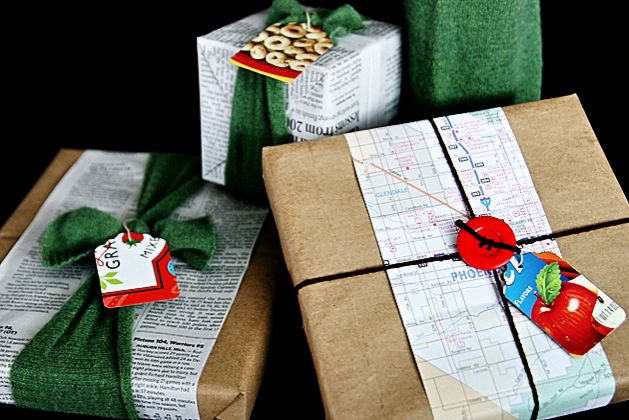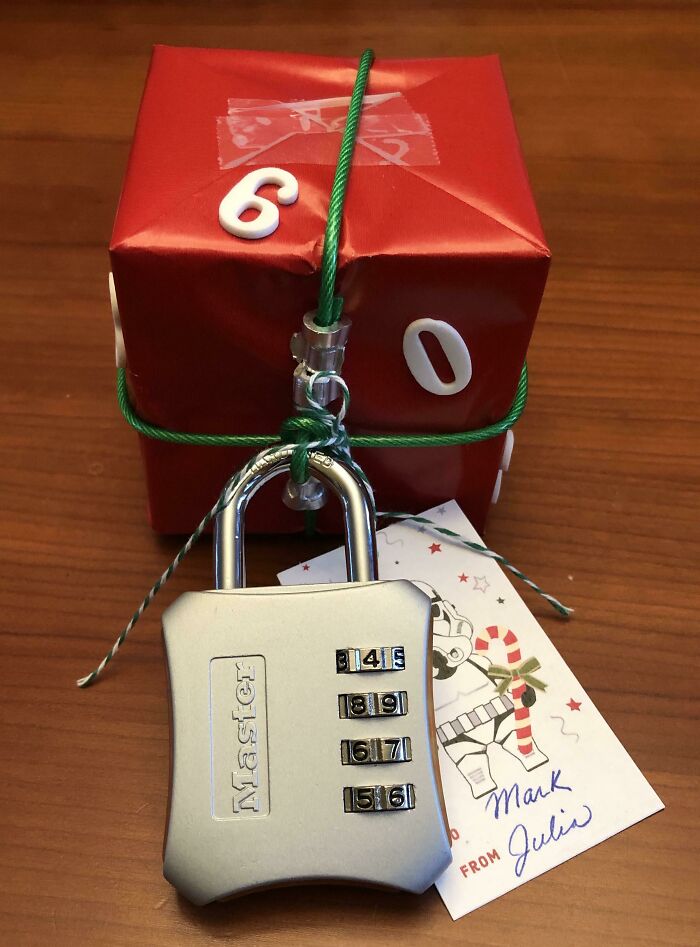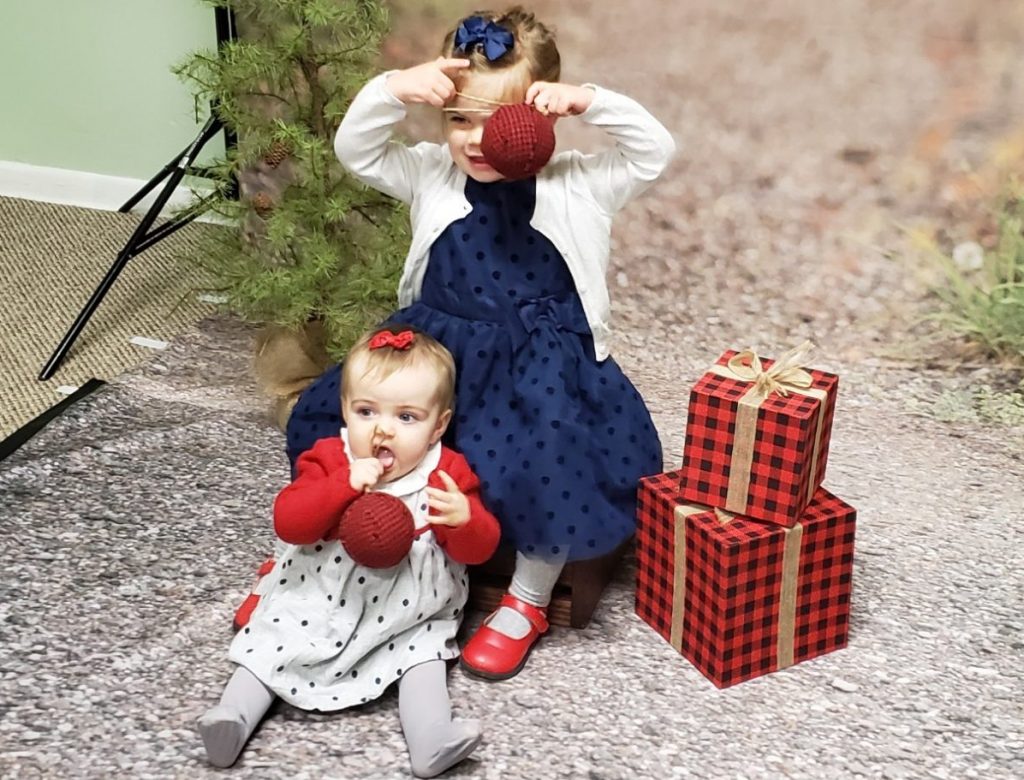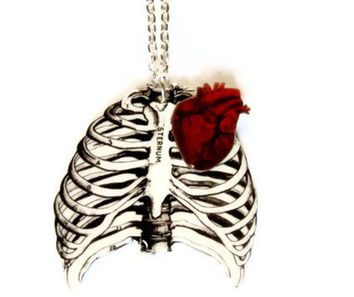People of many cultures give more gifts at this time of year than any other. And sometimes, they wrap those gifts! More often than not, actually. Even if you give someone a car (!) you’ll probably go all-out and put a big red bow on top.
People have been wrapping gifts for thousands of years. In China, people used hemp and bamboo paper to wrap gifts as early as the Song Dynasty, in the 2nd century BCE.
But gift wrapping is like housework: different folks have different priorities. And also like housework, it’s better to have done than to be doing!
The Perfectionist
Lots of people (you know who you are) want every gift to be perfectly wrapped—beautiful, inviting, mouth-watering, even. This involves brand new paper, tissue, and ribbons. The pattern of the paper is perfectly aligned. The seams are folded over and creased so that the tape holding them together is invisible. Ribbons are required, wrapped at least once around the package, topped with a splendid bow, often handmade. And they must coordinate the name tags with the paper!



There are many online sources to tell/show you how to do this. Depending on the materials used, this can also be economical and/or environmentally friendly.
The Time-Saver
By contrast, the time-saver buys decorative boxes, tapes the lid on, and adds a name tag—maybe a stick-on bow. For added time-saving, they might even buy gift boxes with a bow already attached!
A close second for fast wrapping is the decorative gift bag: just open and fill. It’s second because the “wrapper” must add tissue paper to obscure the contents until time to open. (Some people skip the tissue and just rely on the bag to keep the surprise. In such cases, gift bags might be the fastest wrapping option!) Tying the handles together is optional, but you might as well, assuming you need to affix a name tag.
Gift bags have the advantage of accommodating oddly-shaped presents, and sometimes combining things in one bag can cut out the need to wrap multiple small items.
Sending gifts can be the biggest time-saver of all: order the gift and have it sent directly to the recipient. Sometimes gift wrapping is available. But the efficiency expert doesn’t really care about that.
Sometimes the time saver might just as well be labeled “easy does it.” A variation on this is gift cards. They need only an envelope, sometimes an address and a stamp. And they cut hours off shopping time.
The Penny-Saver
The penny-wise wrapper saves boxes, bags, bows, ribbons, etc., from one year to the next. Wrapping paper can be trimmed of tape and rough edges and go on indefinitely, wrapping ever-smaller packages. Another money-saving habit is to cut a piece of the wrapping paper to make the name-tag. The frugal wrapper uses as little tape as possible, both to save tape and to mess-up less of the surfaces. (See below for “free” wrapping paper ideas.)

And for a most unusual option: use the paper towel or toilet paper rolls for any gift they can accommodate, fold in the ends, and decorate with markers or stickers. Amazingly, you can use decorative cookie tins to gift more than cookies (or sewing supplies)!
The Eco-Wrapper
The environmentally aware gift-wrapper uses several of the practices mentioned above. Reusing wrapping materials keeps them out of landfills. Shipping gifts directly from the manufacturer saves one whole layer of wrapping materials. And all materials must be recyclable: no glitter or metallic paper, Styrofoam peanuts, plastic ribbons or bows. Alternative materials are also desirable. These include but are not limited to
- Baskets
- Fabric (scarf, handkerchief, napkins, kitchen towels, etc.)
- Old maps or posters
- Foreign newspapers
- Comics
- Catalogues or magazines
- Sheet music
- Brown paper grocery bags or lunch bags
- Re-used boxes from other purchases




These environmentally aware people use minimal packaging altogether, so gift-card envelopes are perfect containers.
Devious Wrappers
For some people, watching the recipient open the gift is a key part of the enjoyment. For others, watching a recipient struggle to open a deviously wrapped gift is even better! These people deliberately wrap gifts to obscure the contents.
- Covering a box in multiple layers of tape
- A small box inside a bigger box inside a bigger box inside a bigger box, and so on
- Including riddles or clues about the gift’s contents on the tag
- Secreting gifts around the room and instead giving the recipient clues to find them
- Encasing the gift inside concrete or a welded-shut steel box
- Using cardboard or wrapping paper to obscure the shape of the gift or make it look like another gift



Alternatives to Wrapped Gifts
Rather than gifts or general gift cards, some people elect to give an “experience” perhaps shared with the giver
- Tickets to sporting events: baseball, football, basketball, soccer, golf, etc.
- Ski passes or lift tickets
- Movie tickets
- Trips to rock climbing gyms
- Indoor sky-diving tickets
- Lottery tickets
- Passes to a theme park
Some gifts of this type are more than “one off” experiences
- Museum, zoo, or botanical garden membership
- Magazine subscription
- Gym or sports club membership
- Meal delivery services
- Season tickets to anything from an amusement park to the theater
When lack of money might otherwise hinder a gift-giver, they may turn to other methods of showing love and appreciation. The giver can even “wrap” these gifts in nice cards or writing them on fancy paper.
- Providing free child or pet care
- Gifts of food, whether making future meals or covering a casserole in foil and putting a bow on top
- Offers to help with housework, transportation, yard chores, cooking, etc.
- Skilled labor from gifters with particular skills, such as a manicure, massage, tax prep, music lessons, personal training, or anything else the giver can do well
- A puppy!
- (Disclaimer: Though adopting a pet can be a great experience, experts recommend everyone in the family choose the pet together. Please do not put an animal in a gift-wrapped box.)
Bottom Line: Beauty, economy, speed, environmental awareness, or deviousness—you don’t have to choose just one!


























